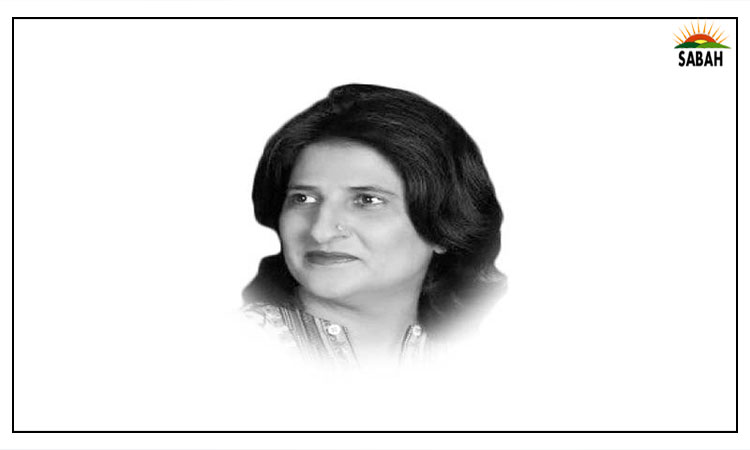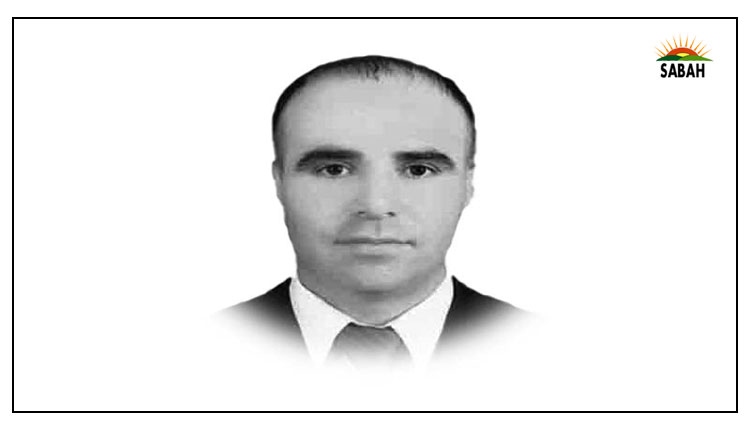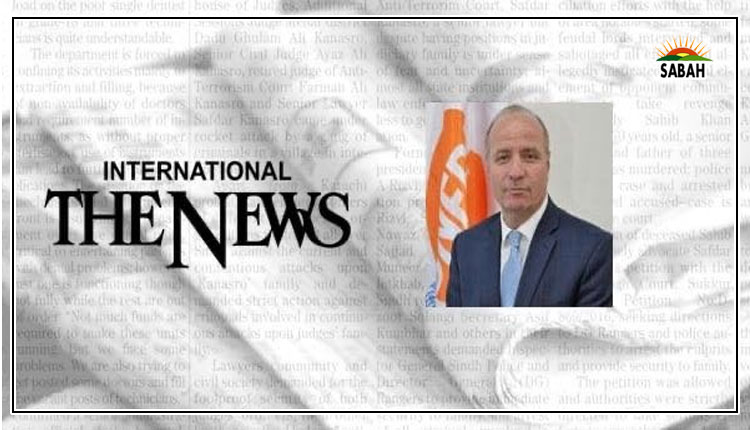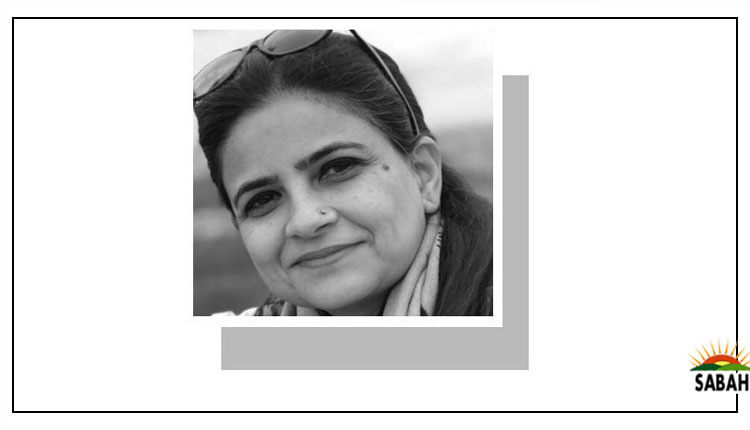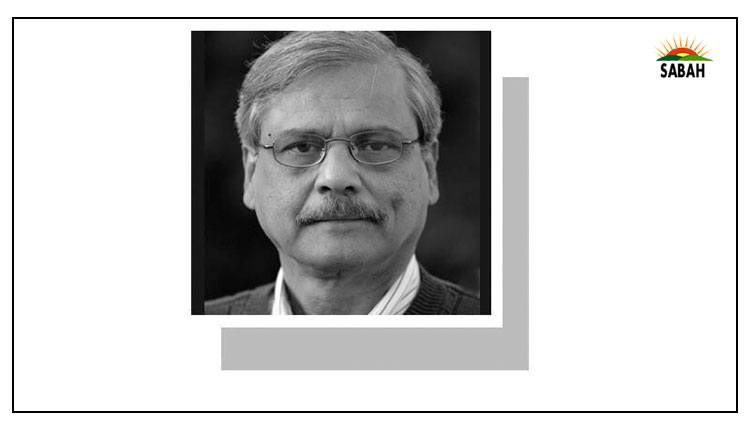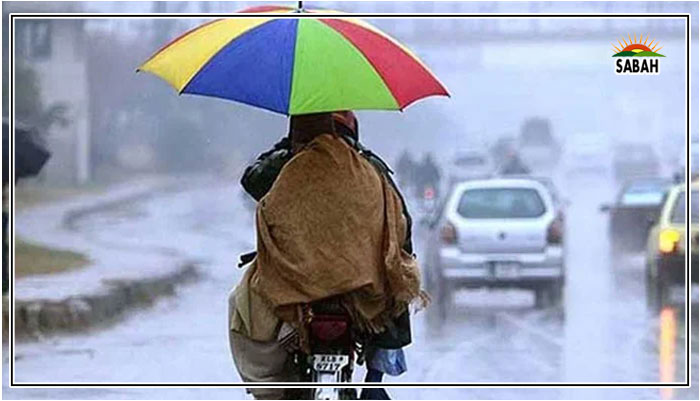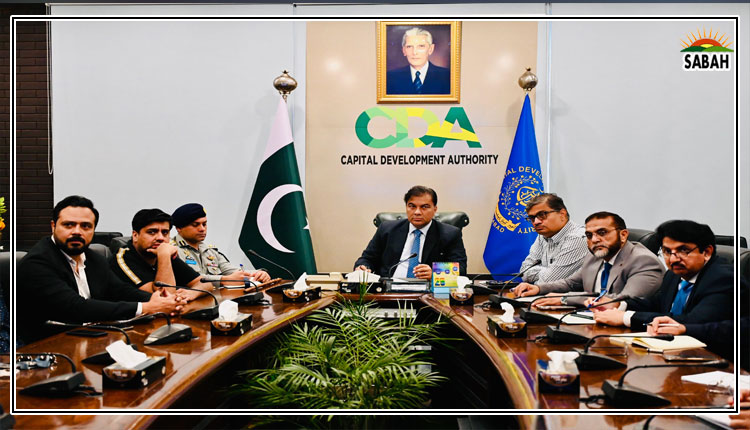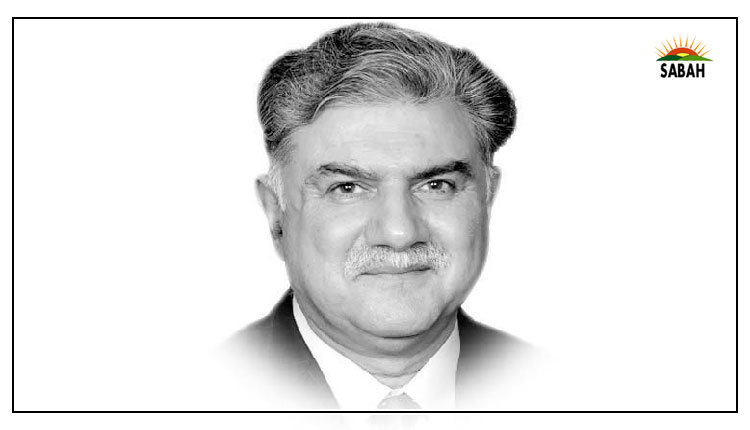War on terror — Pakistan’s forgotten story….Inam Ul Haque
Last week we discussed the conceptual framework of terrorism, which is a byproduct of ‘violent extremism’, emanating from radicalization. That radicalization is attributable to loss of ‘mental equilibrium’, where individual(s) moves away from collective consensus like peaceful co-existence with other religions/sects, abiding by constitution, obeying laws, or believing in the national unity across fault-lines. That in Countering Violent Extremism (CVE) strategy, Pakistan has resorted to soft or non-kinetic approaches as well as hard or kinetic response, employing LEAs. That terrorism begets analysis and response, at individual, organisational and environmental levels. The military’s kinetic response was elaborated. We continue the debate.
Before discussing non-kinetic means employed as part of CVE, it is surmised that kinetic response alone is unable to sustain the peace dividend, ostensibly accrued, after ascension of Islamic Emirate (IEA) to power in Kabul. That for success of CVE in entirety, the Afghan safe havens for TTP have to be neutralized by whatever means, since there is over 60% spike in terrorist attacks in Pakistan recently from TTP-generated cross-border activities involving Afghan nationals. Most foot soldiers especially those involved in suicide bombing were later recognized as Afghan nationals.
Two attempts at dialogue with the TTP under the aegis of Haqqani Group in 2022 have failed. At this point, Afghanistan seems unable, unwilling or both to prevail upon TTP on its soil, which is a burgeoning conglomerate of 22 militant groups.
Coming back to the non-kinetic response at individual level, Pakistan adopted deradicalization (reversing radicalization in custody) as well as countering the extremist narrative ‘to deconstruct militants’ ideology’. The first ‘Deradicalization and Emancipation Programme (DREP) started in 2009 after Operation Rah-e-Rast, comprising initiatives named Sabaoon, Mishal, Sparley, Rastoon, and Feast in collaboration with the Military and NGOs. Sabaoon (New Tomorrow) dealt with deradicalization of juvenile offenders; Mishal (Torch), a permanent programme, exclusively managed by the Army is for adult militants; and Sparley (Spring) is focused on terrorists’ families. Later in 2012, the Army and Frontier Corps jointly extended deradicalization programmes to Khyber and Bajaur Agencies (now districts).
For rehabilitation of ethno-linguistic terrorism in Balochistan, the military initiated Darpesh (Light) programme in Quetta and Kohlu in 2018. The programme was initially called Umeed-e-Nau (New Hope). These programmes heavily drew from the Saudi deradicalization models including in-house and post-release psychological and religious counselling, education, vocational training and financial support. Programmes are exclusively for militants with no blood on their hands.
Mishal especially includes post-release interviews, coordination with elders, community support and advice till complete rehabilitation. Militants were found to be driven by misplaced religious understanding, sense of glory and martyrdom, sense of deprivation, revenge, authority-seeking, toxic relations with elders, lack of education, emotional instability and peer-pressure, etc.
In 2011, Punjab CT Department (CTD) in collaboration with Technical Education and Vocational Training Authority (TEVTA) ran extensive rehab programmes adopting prevention, rehab and aftercare strategies.
At the organizational level, Pakistan’s terrorism mosaic is dotted with four types of groups. Neo-Jihadis, Sectarian, Ethno-Nationalists and Religious-Nationalists. Neo-Jihadis like Al-Qaeda and IS/Da’esh, have a global outlook, nihilist or takfiri ideology and revisionist approach. Sectarians are narrowly focused on cis or trans-border sectarian terrorism and include Lashkar-e-Jhangvi, Sipah-e-Sahaba, Sipah-e-Muhammad and Zainabiyoon etc. Ethno-Nationalists belong to Baloch militant groups (BLA, BRA, BLF) and Sindhu-Desh Liberation Army, etc. Pashtun Tahaffuz Movement (PTM) ‘may’ transcend into this category, if not handled correctly. These militants collectively aspire to redress nationalist deprivation — actual and perceived. Religious-Nationalists, in contrast to Neo-Jihadis’ global appeal, are regionally focused on adopting and upholding sharia and using local freedoms as rallying cry. TTP and its erstwhile Afghan cohort fall in this category.
In Pakistan, organizational mainstreaming and rehab was attempted for Jamat-ud-Dawa (JuD), a religious nationalist group. Its leaders in 2017 announced transforming the group into a political party, the Milli Muslim League (MML), but the initiative failed due to the US sanctions and lack of acceptance of its cadre. In DDR (Disarmament, Demobilization and Reintegration), acceptance by other stakeholders is key to organizational deradicalization, to help transformation from radical extremism to moderation. Even the Election Commission did not register MML as a party.
At the environmental level, to influence and counter militant ideology, Pakistan did try to formulate three types of narratives with some success. These are ‘collective’ (story without authors), ‘ontological’ (beliefs of ordinary folks) and ‘public’ (narratives sponsored by state, clergy and other organizations) narratives. Synergy in all is important especially if public narratives are built upon collective narratives.
Egypt provides successful example of countering the militant narrative as it weaned away public from Al-Qaeda and Al-Jihad by co-opting former militant leaders and other key figures like Imam Shareef and Yusuf Qaradawi. ISPR played a key role in public narrative and built upon collective and ontological narratives by producing over 40 plays/dramas, movies, numerous songs and documentaries; establishing radio stations; and sponsoring content in the print and electronic media.
Clergy was coopted too when Dr Tahir-ul-Qadri wrote a 600-page treatise denouncing violent extremism. Pakistan Ulema Council issued a fatwa (decree) declaring ISIS etc terrorist outfits. Another important step was Paigham-e-Pakistan, a fatwa written and endorsed through consensus across sectarian lines by some 1,800 religious leaders, explaining jihad, endorsing the Constitution of Pakistan being in sync with Islamic injunctions, and outlawing jihad against the state and citizenry. Narrative propagation was stymied by controversial people, meagre investment in resources needed and lackluster identification and targeting of correct audience in correct timeframe.
In other CT initiatives, Project ‘Peaceful Balochistan’ in 2008-13 and National Action Plan (NAP) following the APS attack in 2015 emphasize checking religious extremism, protecting minorities, curbing formation of violent groups, acting against banned groups and hate-mongers and propaganda, checking sectarian violence and reforming madrassas, etc.
National Internal Security Policy NISP (2013-18) addressed three major elements: a) dialogue with all stakeholders, b) isolating terrorists from their support bases, and c) enhancing deterrence through capacity-building of security apparatus.
Pakistan, to defeat terrorism, continues to act against de-radicalization of its society. It has extended administrative control over erstwhile FATA through merger; mainstreamed less developed areas; undertaken education especially madrassas reforms; initiated poverty-alleviation programs; and is adopting constitutional steps like NAP.
The recent wave will subside if Pakistan persists with kinetic and non-kinetic responses and solves the Afghan enigma.
Courtesy The Express Tribune, December 28th, 2023.


